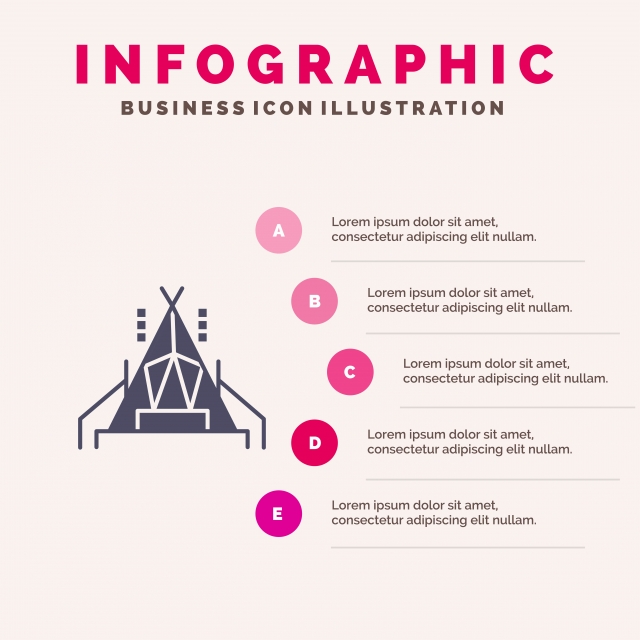Bell tents are coming to be increasingly prominent as flexible, elegant shelters for camping and glamping. But what's the background behind this enduring design?
How do you maintain a canvas tent?
Henry Hopkins Sibley patented the single-pole cone-shaped outdoor tents that we understand as a bell outdoor tents. However, he defected to the Confederacy and never got his nobilities.
Inevitably, somebody else added short walls to the cone canopy and developed what we currently called a bell outdoor tents.
Beginnings
The appeal of bell tents is growing, and they're now a staple at camping celebrations and as stylish backyard resorts. Their roomy insides supply a versatile home from home atmosphere that's suitable for family members and teams of friends, while the circular layout aids with security in solid winds.
The layout of the modern-day bell outdoor tents can be mapped back to army outdoors tents made use of by European militaries throughout the Crimean Battle in 1853-1856. After that, in America, a soldier called Henry Hopkins Sibley patented a comparable framework that attracted ideas from American Tipis.
Both layouts are still in operation today. Nonetheless, Sibley camping tents vary from their even more current relatives in that they have side walls and an increased larger entryway. Sibley camping tents likewise depend on a single central pole for support which makes them simpler to set up yet restricts arrangement alternatives.
Function
Bell camping tents' special form and large interiors make them the optimal option for a large range of outside activities. Whether you're hosting a backyard camping party, glamping at a remote all-natural hideaway or taking place a legendary fantasy-inspired experience, the flexibility of these camping tents guarantees that your experience will be comfortable and stylish.
The bell-shaped tent was initially patented in 1856 by Henry Hopkins Sibley, that had actually developed the style after observing Native American tipi tents. Nonetheless, he surrendered from the United States Military at the break out of the Civil War, forfeiting his civil liberties to future nobilities.
Since then, the style has actually come to be a staple of numerous glamping experiences. These glamorous tents often include deluxe bed linen and en-suite bathrooms, giving campers the possibility to take pleasure in nature without compromising comfort.
Design
In the contemporary, bell camping tents have experienced a resurgence in appeal, as individuals look for an extra immersive outside experience. They are utilized in a variety of settings, including outdoor camping, glamping, and occasions. Their distinct form, large interiors, and relatively very easy setting up make them a popular selection for those looking for a stylish, historic panache to their outside experiences.
The distinctive form of a bell camping tent creates high ceilings and enough clearance, making it comfortable to stand in and move. Additionally, the center post is not placed near the entry of the camping tent, allowing for even more privacy and space inside the sanctuary.
The bell tent style traces back to an American soldier named Henry Hopkins Sibley, that was influenced by Indigenous American tipi camping tents when developing his variation of the bell tent in 1856. His layout was a considerable improvement over typical army outdoors tents, which were tough to transfer as a result of their challenging construction.
Products
In modern times, Bell Tents are crafted from exceptional materials that are designed for resilient durability. This how to build a tent is why they are a preferred choice amongst recreational campers, festival-goers, and glampers alike.
In the 19th century, a United States Army police officer named Henry Hopkins Sibley adapted standard tents right into what is now referred to as the modern bell camping tent. He based his design on Native American Tipi frameworks, adding brief walls to the main pole structure that made it more secure.
Today, polycotton canvas is a common product used in the building of bell outdoors tents. This blend of cotton and polyester supplies a large range of advantages, including breathability, remarkable weather resistance, and much easier upkeep than pure cotton canvas. This material is additionally resilient and abrasion-resistant. It is thicker than the majority of nylon fabrics, nevertheless, which can make it heavy and much more pricey than typical outdoors tents.
Modern
In modern day, the appeal of Bell Tents has blown up thanks to glamping sites and events offering up these large tents for pairs, teams and households to enjoy. The aesthetic allure and sturdiness of these circular camping tents are appealing to lots of campers.
Whether it be rain or wind, these camping tents hold their own versus the components. Generally, they're made with canvas that is dealt with to shield against wetness, mold and UV rays.
How do you clean a bell tent canvas?
It isn't clear exactly when these camping tents were designed, however it's extensively understood that they're a variant of a Sibley camping tent - called after Henry Hopkins Sibley, who adjusted the layout of the American Indian tipi. It is thought that whoever included short wall surfaces to Sibley's cone canopy was in charge of the creation of the bell outdoor tents as we know it today.
